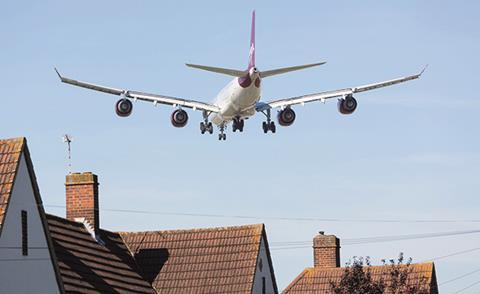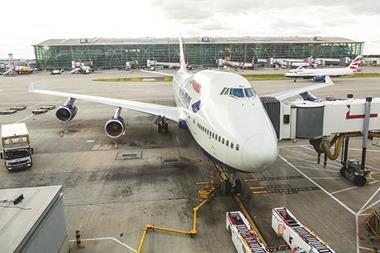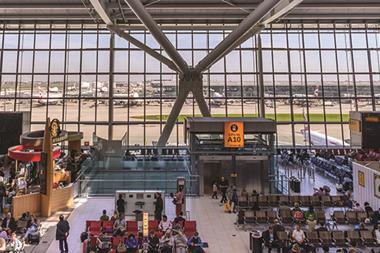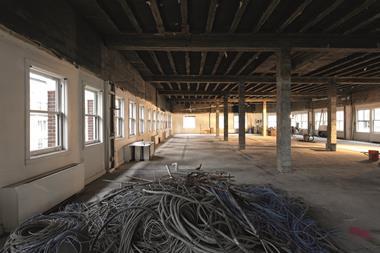As an occasional columnist you’ve got to be very careful if you take a different line from your editor, but on the runway debate I’m going to have to.

In last week’s leader, Liz Hamson was right about lots of issues. Right that the debate has been going on for far too long. It’s good that Theresa May has at last made a decision when none of the last four prime ministers had the balls.
Right too that Brexit has added a new sense of urgency - however we voted, we all agree that we need to show the UK is open for business.
Part of that drive is cutting corporation tax to encourage businesses to locate in the UK rather than pay more than twice as much in most other EU countries, and part is showing that the UK is the Singapore of Europe - accessible not just through the English language and its embedded expertise and creativity, but easy to get to and from.
But what I profoundly disagree with is that a third runway at Heathrow is the answer.
It’s a great airport. Unlike Boris Johnson, whose estuary project was always a non-starter, I’m not calling for it to be closed. It should aim to be the best airport in the world, not the biggest.
But let’s accept that if we were to start with a clean sheet we wouldn’t put a major airport in a west London suburb, causing hundreds of thousands of planes to overfly almost a million people in the city and illegally exceed emissions standards in an area which is home to tens of thousands.
We wouldn’t extend it by destroying two villages and a thousand homes. We wouldn’t plan to deck over the M25 or introduce a £30-a-day (Heathrow’s own figure) congestion charge to deter surface transport.
As one American tourist is said to have asked, why did they build Windsor Castle so close?
Bad forecast
More importantly, why did the Airports Commission get the answer so wrong? First, its centrepiece was a 60-year economic forecast of benefits at Heathrow versus Gatwick.
When George Osborne warned us that if we voted ‘leave’ every family in the UK would be £4,300 a year worse off by 2030, he was rightly laughed out of court.
If the Airports Commission had done its exercise in 1990, it would have missed the small matter of EasyJet and the advent of the low-cost airline that transformed aviation economics.
And astonishingly, within 24 hours of transport secretary Chris Grayling’s announcement, his own officials downgraded their forecasts to show no difference in economic benefit between the two runways.

In reality, the evidence we needed was not which airport will deliver theoretical economic benefits after most of us will be dead but which was more likely to be built in as short a time as possible. And the answer to that is obvious.
As co-chair of Gatwick’s Growth Board I firmly believe Gatwick’s second runway would cost half as much, take less than half the time to open, would charge passengers less in landing charges, would not breach air quality standards and needs no public money while Heathrow insists taxpayers should pay around £5bn to make its project work. Gatwick planes overfly 15,000 homes - a tiny number compared to its rival.
The bottom line is that if May is still prime minister in 2025, she could personally cut the ribbon for Gatwick’s second runway.
Over at Heathrow they will still be stopping protestors from lying in front of the bulldozers and cutting the perimeter fence, if they’re not still fighting judicial reviews in the courts. If we want to show that Britain is open for business then there really is only one logical answer.
Steve Norris is chairman of Soho Estates and co-chair of Gatwick Growth Board





























No comments yet